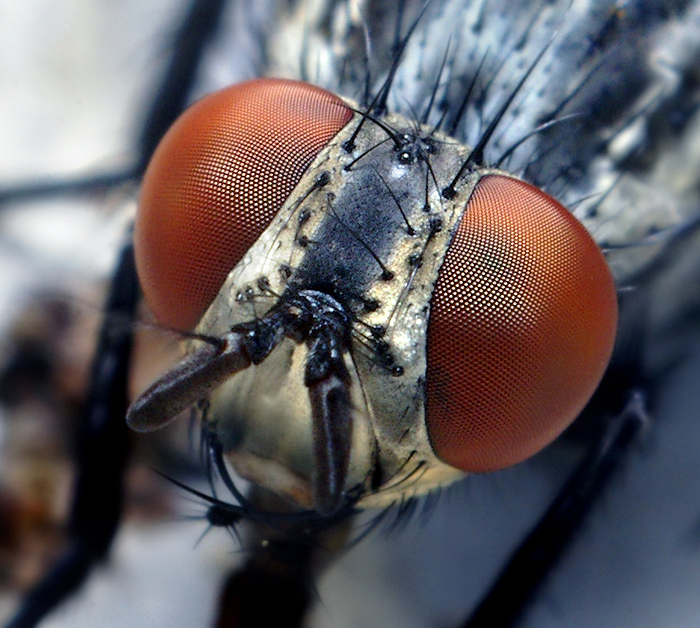By Ashley O’Neill (Contributor) – Email
Print Edition: September 25, 2013

Finally we know the reason why it’s so difficult to catch those pesky house flies!
Scientists have recently discovered that smaller creatures have the ability to perceive time more slowly than humans. This is why smaller living things like bugs, small birds, and squirrels appear to move much faster than our own reflexes allow.
Seeing things in slow motion is linked to body size and metabolic rate, which is the amount of energy used in a certain period of time. The study, to be published in Animal Behaviour in October, shows that smaller animals have quicker visual reflexes that allow them to sense and process more information per second compared to larger creatures, which is why time seems to move slower for them. This trait gives these creatures better survivability as they have an edge in getting away from big predators or our fly swatters.
“The ability to perceive time on very small scales may be the difference between life and death for fast-moving organisms such as predators and their prey,” Kevin Healy told BBC News. Healy was lead author on the study from Trinity College, Dublin (TCD).
One part of the study focused on light stimulus with various species of flies. This technique, called critical flicker fusion frequency, measures the speed our eye processes different frequencies of flashing light.
The subjects underwent a series of trials, where each trial showed light flickering at different speeds. Scientists observed the gap between electrical responses of the retina’s reaction to the flashing light, and when there were no gaps between the subject’s retina reactions the scientists concluded that the subject “got confused and [saw the light] as being constantly on,” Dr. Andrew Jackson, co-author with Healy at TCD, said to BBC News.
In the trials, deep-sea woodlice had the slowest reaction time of all the flies, only seeing light turned off and on four times per second while several fly species’ eyes reacted more than four times quicker than the average human eye.
By plotting their observations on a graph, scientists saw a strong relation between body size and how quick the eye responds to the changing environment.
“This work highlights the impressive capabilities of even the smallest animal brains. Flies might not be deep thinkers but they can make good decisions very quickly,” Graeme Ruxton of the University of St. Andrews in Scotland, another co-author on the study, said.
The team pointed out a correlation between visual reaction speed among different groups of humans, like athletes. Hogenboom of BBC News reports that “an experienced goalkeeper would therefore be quicker than others in observing where a ball comes from.”
The difference between human and insect visual reaction speeds, however, is that humans can learn how to pick up certain visual stimulus like an incoming soccer ball while a creature’s reaction speed is mostly inherited and instinctive.
So remember the next time you try to Mr Miyagi your houseflies that they’re seeing you in bullet time.

